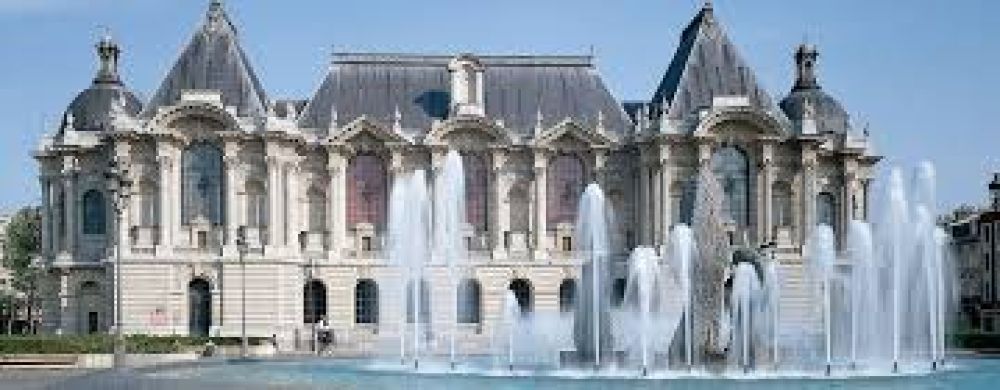

The Palais des Beaux-Arts de Lille is one of the premier museums of France and an iconic destination for art lovers and tourists alike. Situated in the heart of the city of Lille, the museum has a rich history, having been established in the early 19th century. Specifically, it was founded in 1809 by Napoleon I and has since become one of the largest museums in France, second only to the Louvre.
The museum's origins align with the decree of 1801, which aimed to distribute works of art to regional centers throughout France. The Palais des Beaux-Arts de Lille received a significant collection of paintings, which laid the foundation for its future growth. During the following years, the museum's collection was enriched through various donations, acquisitions, and bequests.
Originally housed in a former Jesuit college, it was not until late in the 19th century that the museum was transferred into a new, more grandiose building, which was completed in 1892. This building, designed by architect Gaspard André, reflects the grandeur and ambition of the era, and it still houses the museum to this day.
In the 20th century, Lille's cultural prominence grew, and with it, the popularity of the Palais des Beaux-Arts. Its tourism history accelerated especially with the development of new forms of transport, such as the Eurostar high-speed train which made Lille more accessible to international visitors.
Over the years, the museum has also undergone several renovations to expand its space and modernize its facilities. Major works were undertaken in the 1990s to refurbish and extend the museum, leading to a renaissance and increased tourist interest in the destination.
The Palais des Beaux-Arts de Lille boasts an impressive collection, spanning from European paintings of the 15th to the 20th centuries, to sculptures, ceramics, and drawings. It showcases works by masters such as Rubens, Van Dyck, Goya, and Delacroix, making it a treasure trove of fine art.
Seasonal exhibitions and cultural events play an important role in the museum's allure, attracting both repeat visitors and new generations of art enthusiasts. The museum's dedication to curating diverse and informative temporary exhibitions adds to its reputation as a dynamic player in the cultural tourism sector.
In recent years, the Palais des Beaux-Arts has embraced digital technology, offering virtual tours and multimedia guides to enrich the visitor experience. This move towards digitalization has become a significant trend in museum tourism, particularly accelerated by the global pandemic, which required innovative solutions to keep cultural destinations alive in the public's mind.
Eco-tourism has also influenced how institutions like the Palais des Beaux-Arts operate, focusing on sustainable practices to minimize the environmental impact of tourism. Visitors are increasingly interested in the museum's approach to sustainability, and it has become part of the destination's appeal.
In conclusion, the Palais des Beaux-Arts de Lille has a storied history and remains at the forefront of cultural tourism in France. Through a combination of its rich collection, commitment to innovation, and responsiveness to tourism trends, it continues to captivate visitors from around the world.